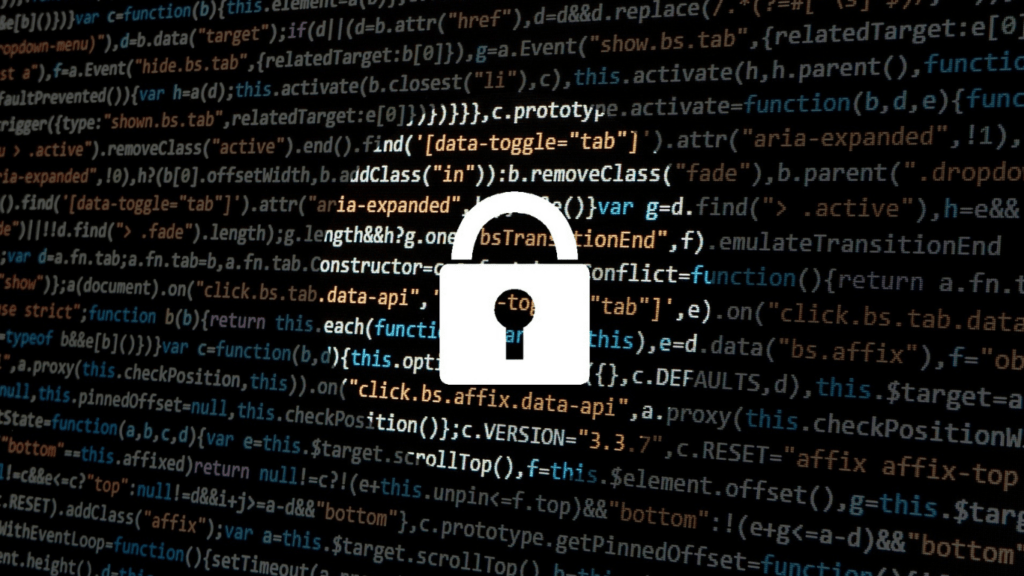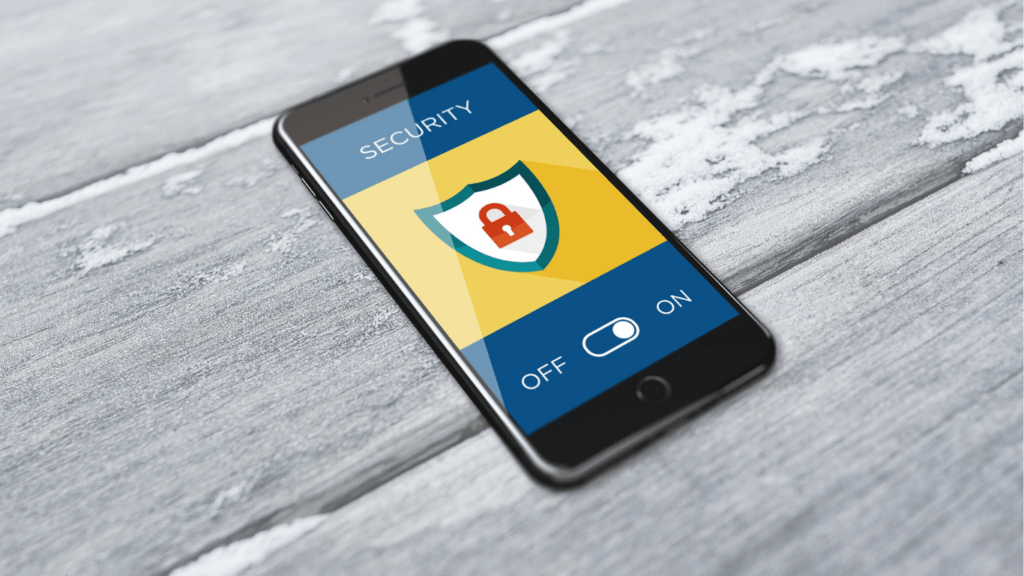Overview of Major Crypto Hacks
Cryptocurrency has brought innovation but also significant security challenges. To better understand these risks, let’s examine some of the most infamous crypto hacks in history.
The Mt. Gox Incident
In 2014, Mt. Gox, a Japan-based Bitcoin exchange, suffered one of the largest hacks. Hackers stole approximately 850,000 Bitcoins valued at around $450 million at the time.
The breach exposed critical security flaws; lax internal controls and outdated software were key factors. The incident shook the crypto community and highlighted the urgent need for more robust security practices.
The DAO Attack
In 2016, the Decentralized Autonomous Organization (DAO) faced a severe hack. Hackers exploited a vulnerability in the DAO’s smart contract code, siphoning off 3.6 million Ether worth about $60 million then.
The attack split the Ethereum community, leading to the infamous Ethereum hard fork, resulting in two separate blockchains: Ethereum (ETH) and Ethereum Classic (ETC). Code auditing and secure coding practices became focal points for developers post-attack.
Recent High-Profile Breaches
More recently, breaches like those on the Poly Network and KuCoin have kept security in the spotlight. In 2021, hackers targeted Poly Network, extracting over $600 million in crypto assets.
KuCoin faced a $275 million theft in 2020, attributed to compromised private keys. Both incidents underline the need for multi-layered security measures, including token security audits and real-time monitoring for anomalies.
Implications of Security Failures in Crypto
Crypto security breaches have far-reaching effects, often disrupting the entire ecosystem. I’ll break down the crucial aspects.
Impact on Investor Confidence
Investor trust in crypto directly ties to its security. Security breaches cause substantial losses. For example, after the Mt. Gox hack, Bitcoin’s value plummeted, affecting market stability.
Similar incidents at KuCoin and Poly Network further eroded confidence. Investors withdraw their assets or hesitate to reinvest if they doubt the safety of their investments.
Regulatory and Legal Consequences
Regulatory bodies worldwide respond to crypto hacks with stricter regulations. Following the DAO attack, the SEC classified some tokens as securities, leading to increased scrutiny.
Governments impose stricter compliance requirements on exchanges and projects. Legal repercussions impact the developers and platforms, often resulting in hefty fines or legal bans, as seen in the aftermath of the Bitfinex hack.
Advancements in Cryptocurrency Security

Cryptocurrency security has evolved significantly to counter the increasing sophistication of hacking attempts.
Enhancements in Wallet Security
Wallet security has seen major enhancements. Multi-signature wallets, which require multiple private keys for transactions, offer greater security than traditional single-signature wallets. For instance, BitGo supports multi-signature technology, vastly improving user control and asset protection.
Hardware wallets, like Ledger and Trezor, store private keys offline. This practice minimizes exposure to online threats. These wallets use Secure Element (SE) chips, which comply with stringent security standards, ensuring higher protection levels.
Some wallets now incorporate biometric authentication. Technologies like:
- facial recognition
- fingerprint scanning
add an extra layer of security. Samsung’s Blockchain Keystore employs such measures, aligning mobile access with advanced security protocols.
Innovations in Blockchain Security Protocols
Blockchain security protocols have undergone innovative transformations. One of the groundbreaking advancements is the implementation of Proof of Stake (PoS) consensus mechanisms.
Unlike Proof of Work (PoW), PoS reduces the potential for centralization and lowers the threat of a 51% attack. Ethereum, transitioning to Ethereum 2.0, adopts PoS to enhance network security.
Sharding techniques improve blockchain security and efficiency. By splitting the blockchain into smaller parts or “shards,” it increases transaction throughput and reduces the attack surface. Zilliqa is a notable example, implementing sharding to bolster security and scalability.
Zero-Knowledge Proofs (ZKPs) have made significant contributions. ZKPs allow the validation of transactions without revealing the transaction details.
This technique protects user privacy while maintaining the integrity of the blockchain. Zcash utilizes ZKPs to deliver robust privacy features, ensuring transaction security and confidentiality.
Overall, these advancements demonstrate the industry’s commitment to outpacing threats and building more resilient cryptocurrency ecosystems.
Preventative Measures for Crypto Users
Securing crypto assets involves multiple strategies to combat potential threats. Users need to stay informed about best practices and potential smart contract vulnerabilities.
Best Practices in Crypto Asset Storage
- Using hardware wallets like Ledger and Trezor offers the highest level of security. These wallets store private keys offline, making them resistant to online attacks.
- It’s crucial to enable multi-factor authentication on exchange accounts and wallets. This adds an extra layer of security, reducing the risk of unauthorized access.
- Regularly updating wallet software ensures users have the latest security patches.
- Keeping backups of private keys in secure, offline locations can prevent loss due to device failure.
- Avoid storing private keys on cloud services or devices connected to the internet, as these are susceptible to hacking.
Understanding and Assessing Smart Contract Risks
Smart contracts, integral to many blockchain platforms like Ethereum, carry inherent risks. Users should review contract audits and scrutinize the code for vulnerabilities.
Reputable firms, such as ConsenSys Diligence and OpenZeppelin, provide thorough audits, enhancing confidence in contract security.
Deploying contracts with limited functionality and gradually adding features can minimize risks. This approach allows for continuous evaluation and quick response to potential threats.
Leveraging decentralized insurance platforms can also provide financial protection against unforeseen contract exploits.
By adhering to these measures, users can significantly enhance their crypto security posture, protecting assets from evolving threats in the digital landscape.






